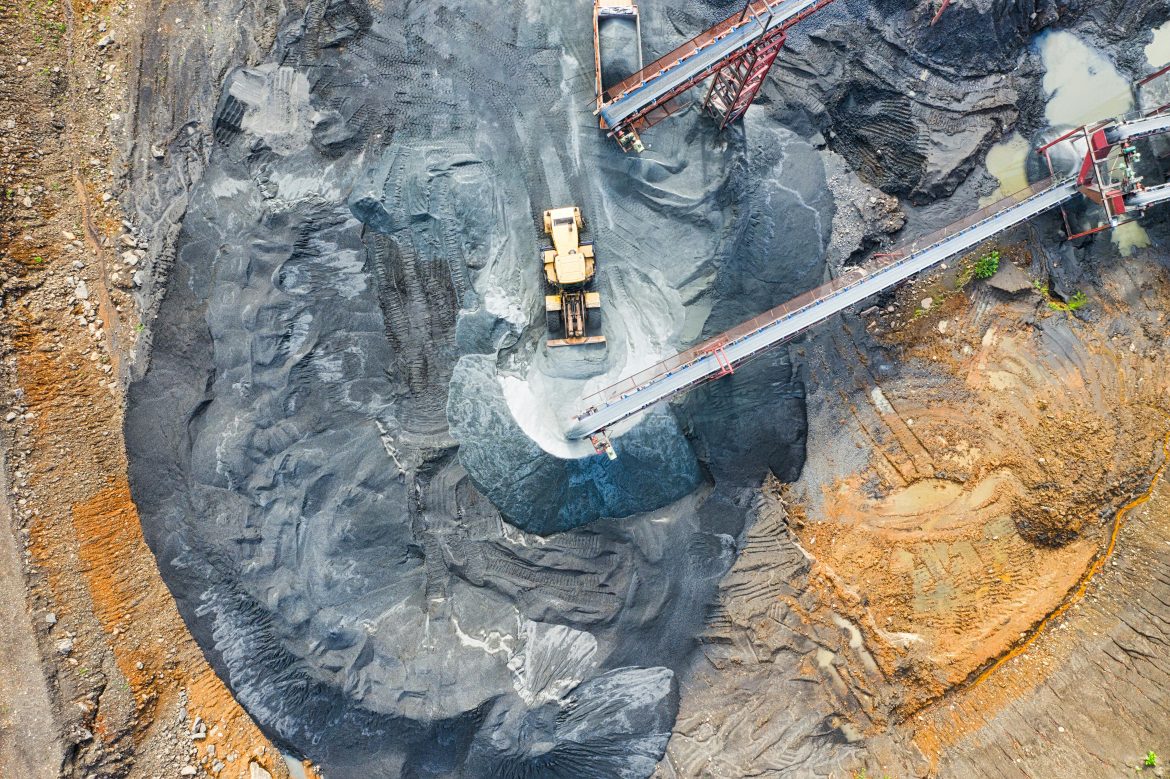Tarryn-Leigh Solomons
South Africa’s chrome industry is facing its most significant regulatory shake-up in years as government prepares to impose stricter export controls and a 25% export tax on unprocessed chrome ore. The measures aim to curb illegal mining, stimulate domestic beneficiation, and revive the struggling ferrochrome sector.
While some in the industry welcome government efforts to restore order, others warn the proposals could backfire — threatening investment, jobs, and mining viability.
Crackdown on Illegal Chrome Mining
The policy shift follows a renewed drive to combat illegal chrome operations, particularly in Limpopo and the North West.
Key enforcement and regulatory actions include:
· Increased law enforcement targeting illegal miners, chrome stockpiles, and unlicensed transporters.
· Export permit requirements through the International Trade Administration Commission (ITAC), demanding proof of legal origin and environmental compliance.
· Seizure of assets such as trucks, trailers, and chrome stock to disrupt illegal supply chains.
The Department of Trade, Industry and Competition (DTIC) confirmed that chrome ore exports will soon require permits. The draft regulations are open for public comment until 31 October 2025, with implementation expected soon after.
“We cannot allow a strategic national resource to be stripped out of the country without oversight or beneficiation,” said Parks Tau, Minister of Trade, Industry and Competition. “Export control will help restore order to the chrome sector and rebuild confidence in legitimate operations.”
Proposed 25% Export Tax: Beneficiation or Burden?
Alongside export controls, Cabinet has supported a 25% export levy on raw chrome to encourage domestic smelting and value-added processing.
This aligns with government’s industrial development goals and seeks to rebuild the ferrochrome sector, which has struggled with rising energy costs, global overcapacity, and underinvestment.
Government is also considering:
· Electricity tariff relief for smelters that suspended operations due to high power prices.
· Expansion of Special Economic Zone (SEZ) incentives to make beneficiation financially viable.
Industry Pushback
Producers and the Minerals Council South Africa argue the real barrier is energy — not ore availability.
“An export tax will not save ferrochrome. It will make mining less viable, reduce investment, and cost jobs,” the Minerals Council warned earlier this year.
With many smelters already offline, industry voices caution that levies without energy reform could cause mine closures, job losses, and capital flight.
Analysts add that delays in implementing export controls since mid-2024 have allowed illegal exports to thrive. Up to 10% of South Africa’s chrome output — roughly 2.7 million tons — is believed to move through informal or illegal channels.
Global Competition Mounts
South Africa’s share of global ferrochrome production has declined as China and Kazakhstan expand smelting capacity, supported by low energy costs and pro-industry policies. This makes it crucial for South Africa’s chrome policy to balance beneficiation goals with mining viability.
Balancing Beneficiation and Viability
The chrome sector generated around R85 billion in export revenue in 2024 and employs about 25 000 people.
If well managed, the new measures could:
· Rein in illegal mining
· Stabilise the legal chrome value chain
· Stimulate downstream investment
If not, excessive restrictions and unresolved power pricing could see legal producers downscale or exit the market — worsening decline and unemployment.
The broader socio-economic factors driving illegal mining, including poverty and limited land access, must also be addressed to achieve lasting reform.
What’s Next
· Public consultation on export permits runs until 31 October 2025.
· Final regulations will be gazetted shortly after.
· The 25% export levy timeline remains under review.
As policymakers weigh their next steps, the chrome industry faces a defining moment: can beneficiation ambitions succeed without undermining mining viability? The answer will shape whether South Africa reclaims its role as a global ferrochrome leader or continues to lose ground.



